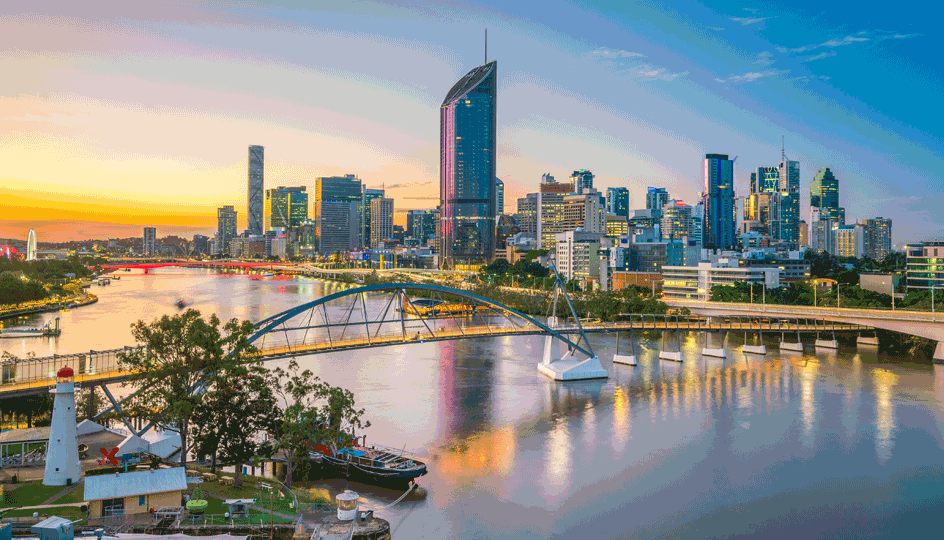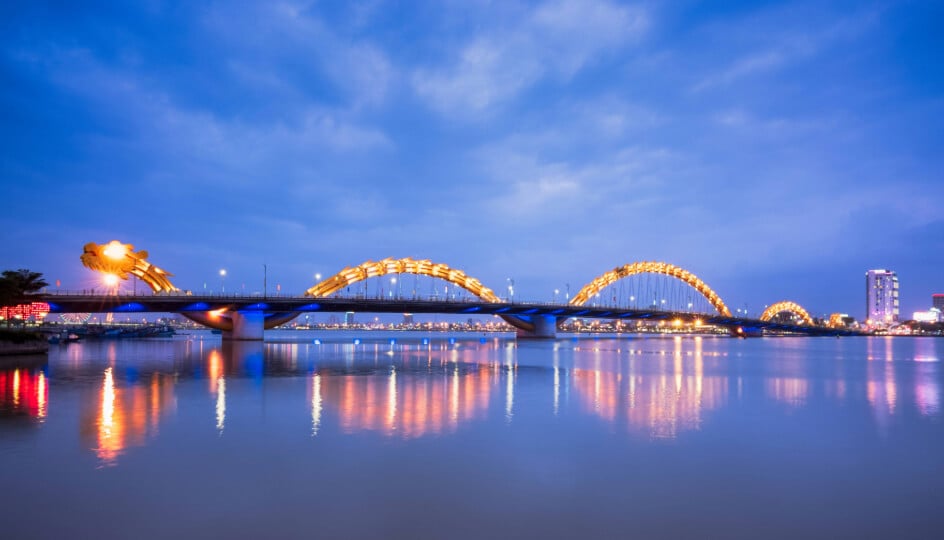Stronger Singapore-Australia collaboration can enhance opportunities for global funds

Singapore’s attraction as a key financial hub, combined with Australia’s richness in both capital and assets, have long been a powerful draw for international business and global fund managers. But with the recent rollout of a green economy agreement on top of new targeted policies, what is the latest on Singaporean-Australian trade and the burgeoning investment corridor between the two nations?
The relationship between Singapore and Australia
Singapore is an ideal location for fund managers and advisers targeting the Asia Pacific region – for both investment capital and to acquire assets in the area. Singapore’s attractions include a stable economy, strong governance, light regulation, and low corporate tax rates. With more than 100 double tax treaties with different countries around the world, most businesses outside of Singapore do not to have to pay their taxes twice. For these reasons, it is unsurprising that global fund managers looking to access Australian capital often choose to do so from Singapore.
Meanwhile, the Australian market is a very attractive one for international investors. The country has a well-capitalised corporate sector, deep and sophisticated capital markets, and large pool of superannuation savings (around AU$3.5tn) looking to invest across diverse international assets. On top of this, Australia is exceptionally well positioned for a lift in investment in renewable energy and the green economy.
New government policies are directed at driving this energy transition. A hefty AU$25bn was committed in 2022 to accelerating private investment in renewables generation and storage, energy performance, electrification, clean hydrogen, and future fuel technologies.
At the same time, there is growing Australian investor demand for investments with green attributes. These developments are particularly exciting for fund managers targeting Australian property, private equity, and infrastructure, as these asset classes are well suited to delivering for the green economy.
The trade and investment corridor widens
The Singapore-Australia Free Trade Agreement (SAFTA) is central to the economic relationship between the two countries. Enhanced collaboration between the two governments is now focussed on further reducing non-tariff barriers.
Joint measures to date include: the signing of a Green Economy Agreement (GEA); collaboration on sustainable financial frameworks and promotion of cross-border digital trade and e-commerce.
The GEA was signed in October 2022, and updated in mid-2023. The objective of the agreement is to build trade and investment while reducing emissions.
Practical initiatives under the GEA include:
- A joint Go-Green Co-Innovation Program (AU$20m) to provide grants to Singaporean and Australian small and medium enterprises to develop green products and services
- Agreement to establish a Green and Digital Shipping Corridor (GDSC) by 2025 to help port operations and the shipping industry decarbonise and digitise. It also aims to facilitate Australia supply of energy to Singapore, including of sustainable marine fuel.
- AU$5m Convergence Asia Climate Solutions Design Grant, to support finance solutions for attracting private capital to sectors critical for climate transition and resilience in Asia (such as clean energy, sustainable cities and infrastructure, and nature-based solutions).
Sustainable financial frameworks and digital trade
Alignment of sustainability reporting requirements is seen as important to reduce administration for businesses and investors. Singapore and Australia are each working on local iterations of the IFRS Sustainability Disclosure Standards, launched by the International Sustainability Standards Board in June 2023. Having a consultation process between the two countries is intended to make it easier for companies and other entities mandatorily disclosing climate-related financial information in both countries.
Another key area of operation for business is in the digital sector. Singapore and Australia signed a digital economy agreement (DEA) in 2020 to support businesses engaging in cross-border digital trade and e-commerce. The DEA targets new digital systems and artificial intelligence (AI) that reduce business operational costs and promote access to each other’s markets. Combined, these and other initiatives are opening new investment opportunities in clean energy, shipping, finance, and emerging green technologies.
Investment structures that help the investor
Singapore introduced the Variable Capital Company (VCC) in 2020, and it is particularly attractive for both local and foreign-based fund managers. VCCs are flexible and low cost. Their considerable advantages are also enhanced by generous government financial incentives. The introduction of the VCC structure brought Singapore more into line with other tax jurisdictions such as Luxembourg, Ireland, the Cayman Islands and Mauritius.
So, setting up in Singapore using these low cost structures can prove to be a compelling option for global fund managers, looking to access Australian investment opportunities.
The changing investment landscape
New rules in Australia are also shifting the investment landscape. A good example are changes in concessional tax rates applying to some Managed Investment Trusts (MIT). These are often used for long-term property investment in Australia. The MIT allows foreign investors in qualifying jurisdictions (such as Singapore, Japan, UK, US, Canada and Germany) to access to a reduced rate of withholding tax (15% or half the usual 30%) applying to distributed taxable income from certain property investments in Australia.
From 1 July 2024, tax concessions applying to MITs will extend to newly constructed residential build-to-rent projects (BTR). The change will bring the BTR sector in Australia into line with other property sectors (such as office, logistics, hotel, and student accommodation) and is expected to be a major game changer, resulting in rapid growth in BTR.
In addition to the MIT withholding tax changes, different Australian states and territories offer other incentives in relation to BTR. For example, New South Wales and Victoria both have land tax concessions in the form of a 50% reduction in the taxable value of the land used for eligible BTR projects.
TMF Group can help
Opportunities within the Singapore-Australia investment corridor can be both diverse and wide ranging. TMF Group has extensive experience in providing the right advice and practical support to those who wish to set up or expand their business operations in either region– and beyond.
For help in understanding the practicalities, setting up a managed fund structure, and for on-going administration, talk to our experts today.





